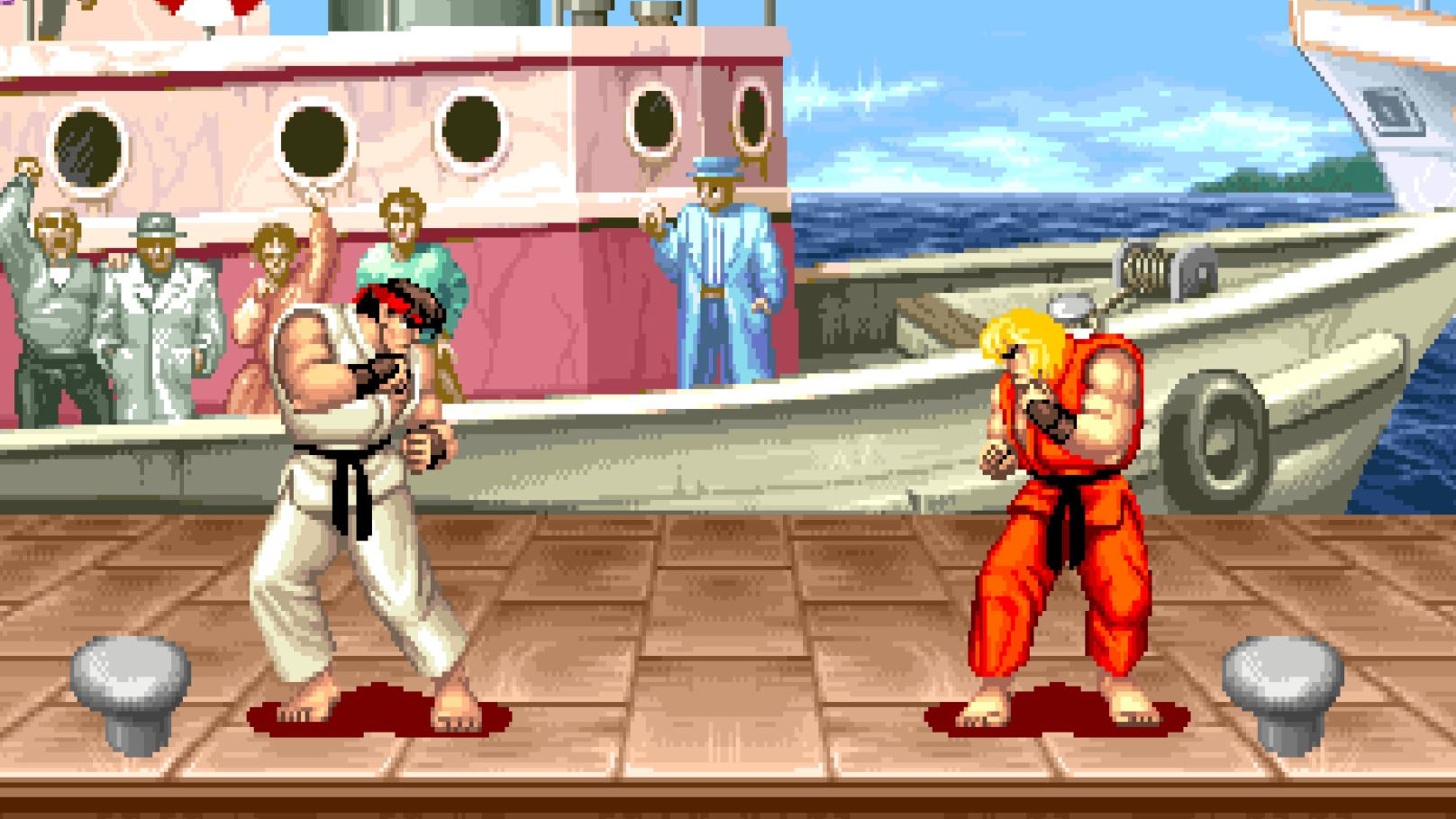An AI just whupped a human at Street Fighter — is this the beginning of the end?
Hadouken!

Humans have a grand tradition of facing off against artificial intelligence in a battle of wits, and it usually doesn’t end well. In 1997, IBM’s Deep Blue beat chess master Garry Kasparov, while in 2016 Go champion Lee Sedol was bested by the aptly-named AlphaGo computer. Even the world of Mahjong was rocked when Microsoft introduced an AI named Suphx in 2019 capable of beating the world’s top players.
Sadly, AI’s hot streak in one-upping its flesh-and-blood opponents seems to be continuing unabated.
Researchers at the Singapore University of Science and Design (SUTD) have just revealed a new piece of software capable of understanding complicated movement design. The scientists used reinforcement learning (RL) to train its artificial intelligence — which broadly means training it via tests against people rather than letting it loose on a dataset (supervised learning).
The avenue for this testing was none other than seminal 90s video game classic Street Fighter II: Championship Edition.
The research team initially provided the computer with millions of initial motions to create a program for movement design. The program then made several tries at improving each move randomly towards a specific objective. Finally, it tweaked character movement or adjusted its strategy until it learned how to make moves that overcame the built-in AI.
Once the training wheels were off after a couple of days, the machine comfortably pummelled a human player and used that complex feedback to improve itself further. Like a digital version of the Veximok from Dungeons and Dragons.
As well as humiliating retro gaming fans, this AI has broader implications for movement science and other strategy games like chess"
As well as humiliating retro gaming fans, this AI has broader implications for movement science and other strategy games like chess. In a nutshell, this AI can observe and analyze human movement patterns before replicating and eventually outperforming them. There’s a comforting thought for you.
Get instant access to breaking news, the hottest reviews, great deals and helpful tips.
The researchers noted numerous good qualities as a measure of how successful the design system had become, such as reasonable game etiquette, management of inaccurate information, ability to attain specific game states and the short times used to defeat opponents.
“The more effective the technology becomes, the more potential applications it opens up, including the continued progression of competitive tasks that computers can facilitate for the best players, such as in Poker, Starcraft, and Jeopardy,” said principal investigator Desmond Loke, Associate Professor, SUTD. “We may also see high-level realistic competition for training professional players, discovering new tactics, and making video games more interesting.”
If you’re interested, you can read the full research paper here.
More from Tom's Guide
- This free AI tool turns your sketches into art — and we tried it
- I tested 5 AI resume builders to help get a job
- Google’s AI-powered search results may soon show citations

Jeff is UK Editor-in-Chief for Tom’s Guide looking after the day-to-day output of the site’s British contingent.
A tech journalist for over a decade, he’s travelled the world testing any gadget he can get his hands on. Jeff has a keen interest in fitness and wearables as well as the latest tablets and laptops.
A lapsed gamer, he fondly remembers the days when technical problems were solved by taking out the cartridge and blowing out the dust.
